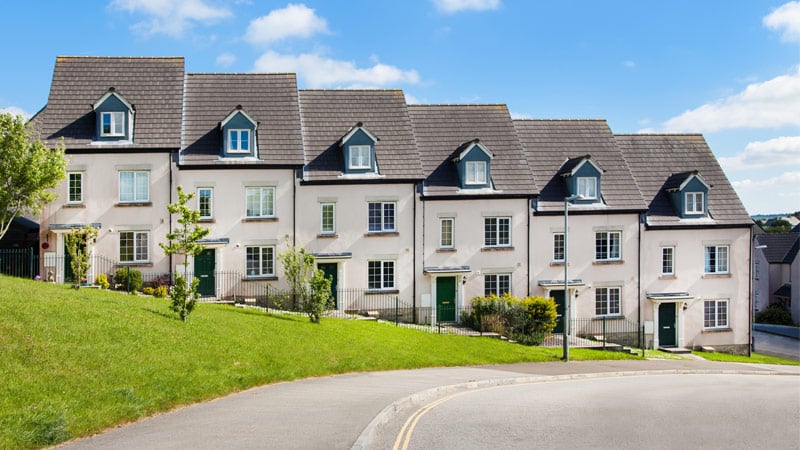Simon Rubinsohn, chief executive at RICS, said: “The latest RICS results point to housing transactions at a headline remaining pretty subdued over the coming months despite some more positive comments from contributors to the survey."

Residentialbuyer enquiries, instructions and saleshave all continued to fall, the RICS UK Residential Market Survey found.
The three month expectations for agreed sales points to a flat picture in the coming months. However there is more optimism regarding the12month sales projections which are now modestly positive in virtually all parts of the country.
Simon Rubinsohn, chief executive at RICS, said: “The latest RICS results point to housing transactions at a headline remaining pretty subdued over the coming months despite some more positive comments from contributors to the survey.
“Lack of inventory on agents’ books continues to provide a major challenge with the number of valuations being undertaken not suggestive of a pick-up in new supply anytime soon.
For a10thmonth in succession nationally in January, new buyer enquiries across the UK declined with 11% more respondents reporting a fall rather than rise.
Similarly, newly agreed sales also slipped, extending the run of negative readings back to last February.
Going forward, a relatively stable sales trend is expected to emerge in the near term, while respondents envisage sales picking-up over the next12months.
But there is no sign of an upturn in the flow of properties coming to the market in the UK. About 17% more respondentsare experiencing a decline in new instructions,withthe January figurebeingthe weakest since May 2017.
Some 10% more respondents across the UK as a wholehave found the number of valuations undertaken were below the figure for the equivalent period last year.
Moving to prices, the national price balance remained unchanged from December with 8% moresurveyorsseeing a rise in prices nationally, consistent with further modest price growth.
The London figure remains in negative territory, and falling prices are also reported across the South East, East Anglia and the North East (albeit all to a much lesser extent than London).
On the opposite end of the scale, the North West of England, Northern Ireland and Wales posted the strongest price growth (in net balance terms).
Rubinsohn said: “Divergent regional trends remain very much to the fore with the market in many parts of the country still actually behaving in a solid if unspectacular way despite the downbeat headlines.
“Affordability issues continue to play a key role in explaining this pattern with those areas where house price earnings are most stretched seeing the softest markets.”
Looking at price expectations, these over the next three months nationally remain flat pointing to the pace of price growth potentially easing in some parts of the UK.
However, looking12months ahead, price expectations are positive in11of the12regions covered by the survey.
London was again the exception, although the net balance has turned less negative, moving from -41% to -21%, the least negative in six months.
In the lettings market, tenant demand edged up in the three months to January, but landlord instructions fell back slightly once more.This imbalance prompted positive rental growth expectations for the near term.
The regional renting picture remains as varied as the buying market.
Rent expectations are still negative in London, although to a lesser extent than any other quarter since 2016.
Meanwhile, rents are anticipated to see little change in the South East on the same basis. Elsewhere they are generally expected to move higher.



